Auto-Mobilität – Wie der Mensch das Laufen verlernte
by Roland Löwisch
“What passes nowadays as a chronicle of the automobile begins more often than not with the ‘invention of the car’ by Karl Benz and Gottfried Daimler in 1886. Or at best with the internal combustion engine by Nikolaus August Otto in 1861. But what came before? Nothing? On the contrary.”
(German) “When Man Stopped Walking,” well, that subtitle should get your attention right there. If the wooden (!) slipcase hadn’t already.
Actually, the title is more along the lines of “When Man Unlearned How to Walk” but that just doesn’t flow right in English. Either way—it’s (to torture the language some more) the wheel what did it.
And the wheel, and its prehistory, is why there’s a sub-subtitle: “From 500,000 BC to Today.” But that long time span is not the reason this book is so big (500+ pages), or heavy (a good 5 lb at least), or expensive (€149 ~ $180) because, spoiler alert, the first 490,000 of those years are condensed onto all of ONE page that takes us from the first intentional use of fire to the domestication of animals to metalworking, cities, and mapmaking.
No, the book is big/heavy/expensive because it’s well-made, generously laid out, nicely illustrated, and printed on premium paper. And let’s not forget that wooden slipcase. Open it on pretty much any page and before you know it you’ll find yourself unable to put it down. The book engages the mind and is a joy to handle, which is meant as a compliment and not a veiled barb at implied superficiality (“Well, at least it looks pretty . . .”).
In view of the quote above, we should note that this book goes, in relative terms, only marginally farther back than others, beginning in earnest with the 1700s. It may be in German but the examples it uses are from all over the world and on that count it already differentiates itself from the host of similar books. It also makes finding things in the text easier by using different colors for names, dates, inventions etc. It also has a decent Index although some page references are off by a page (not uncommon but in a book in which every page is crammed full of data this does waste time).
It helps to understand why German motoring journalist Löwisch invested so much of his time to compile this book, some 15 years of occasional work in free moments to trawl through books and magazines and the Almighty Interweb. It was born of necessity. He wanted, first and foremost, to make his own life as a researcher easier and, rather than looking everything up anew every time he needed a snippet here and a data point there, he started to take notes. Inevitably he observed that sources don’t always agree, from the small things like spellings and dates to more complex issues such as causal relationships and other matters of more of an “interpretative” nature. Sanitizing the data and weeding out obvious mistakes made a big job bigger—and a book seemed a good way to [a] amortize the fruits of his labors and [b] help out his fellow man.
Writing a book, just as reviewing a book, is all about managing expectations. Löwisch prudently states that his book cannot possibly be all-knowing or all-complete. He is doomed to be, as is anyone who deals with a topic as large as automobility, a generalist. If you want a big-picture snapshot of a year in the life of the car (motorcycles and aviation enter the discussion only if there is a crucial connection), this book offers micro and macro detail: in 1907, for instance, 16 cars were registered in Japan but 143,000 in the US; Ettore Bugatti took up his job as chief engineer at Deutz the same month as the first Lancia was launched, which was a few months after the first race was run at Brooklands, the first Detroit auto show, and Borghese et al won the first Peking-Paris rally. What, if anything, all this means is not something this can book sort out for you—and it would be utter folly to expect that. What it can do, and should do, is provide the breadcrumbs that enable the reader to find his way through the forest.
And that is where things become a bit complicated. Random example: say you read on p. 227 that “Dutch carmaker Jacobus Spijker died March 21.” Maybe you remember from p. 144 (which is indexed as p. 143!) that another Spijker had died, in 1907. That was Hendrik-Jan. What’s the connection? If you shuffle through all the pages between 144 and 227, you’d find one single entry, in 1925: Spyker (now spelled differently, which has its own complications, especially in regards to the Index) shut down. This reveals nothing, which means you have to consult other books, which means the data you do take from this book to guide your search elsewhere must be solid. Well. This is where being a generalist bites you. Random example: p. 133 will tell you [paraphrased] that in 1904 “Steward Rolls and Henry Royce met to talk about starting a company.” True. Basically. Lots of books have been written about the nano detail surrounding this one event—but you’d never find a “Steward Rolls” in them because [a] it’s spelled “Stewart” and [b] he only ever went by his first name, Charles.
NONE OF THE ABOVE should be taken to mean this book is weak. By amassing a fantastically large quantity of information in one convenient place, the book is a totally successful antidote to what Löwisch calls his “laziness”—i.e. not having to look things up over and over again. And 90% of the time the book is probably correct. The problem is how to tell those 90% from the 10 that aren’t. As tempting as it is to look up things in just one book, laziness is a luxury the reader who must know facts with absolute exactitude cannot afford.
Won the ADAC-Autobuchpreis 2012.
Copyright 2015, Sabu Advani (speedreaders.info).


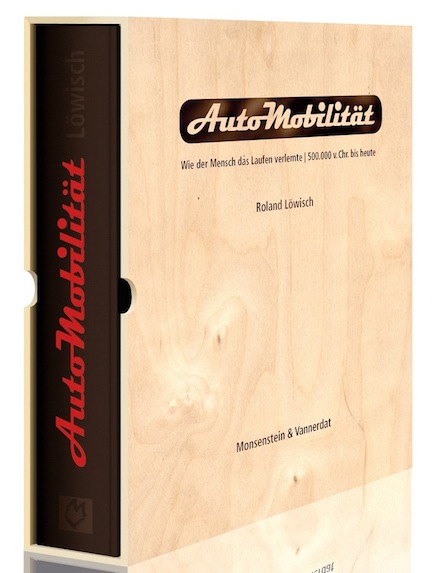
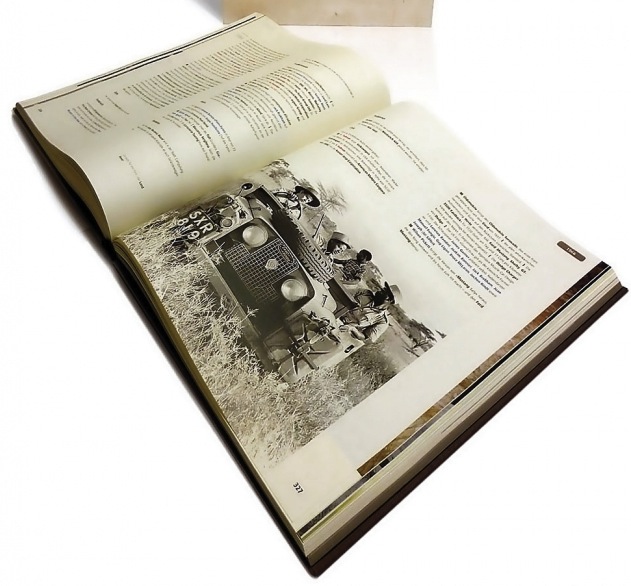
 RSS Feed - Comments
RSS Feed - Comments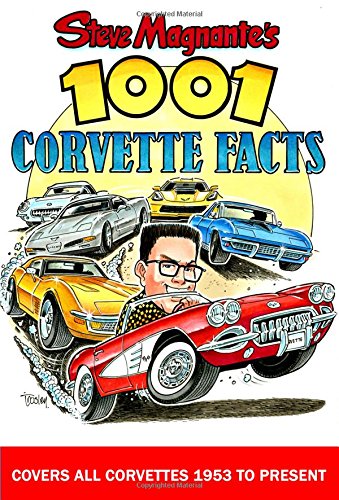




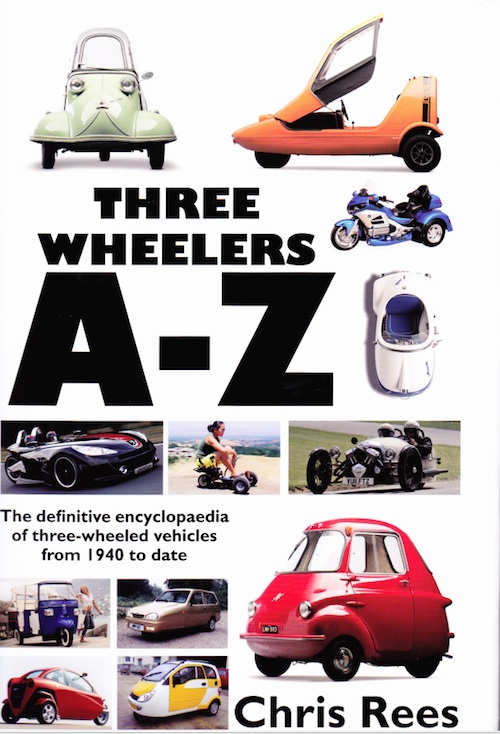

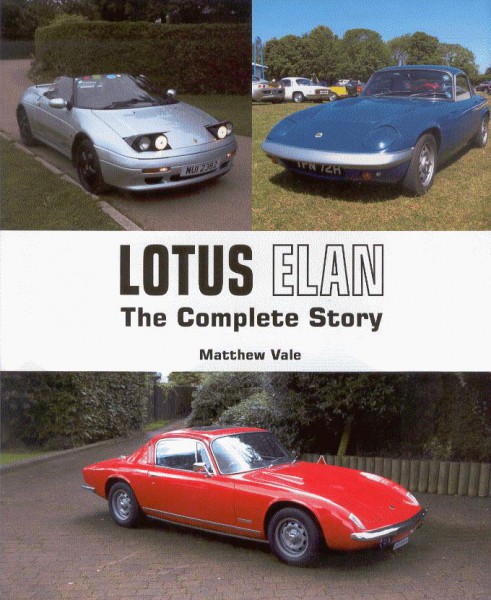


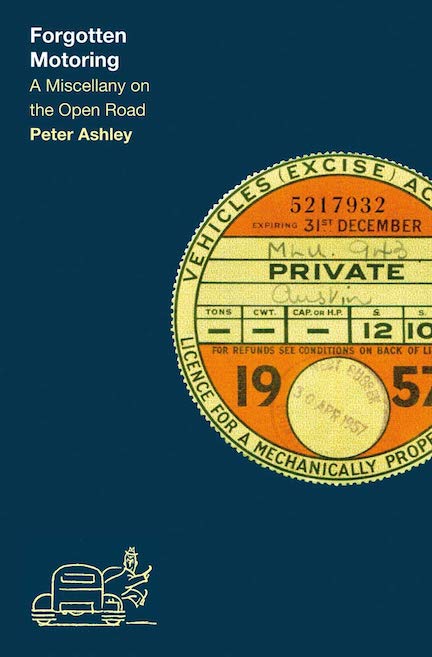




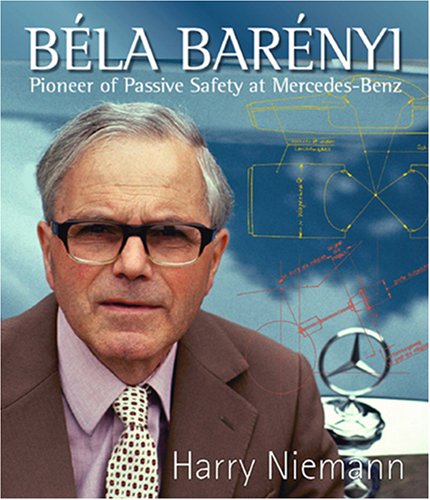



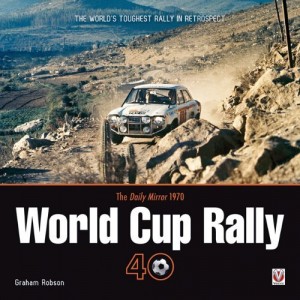

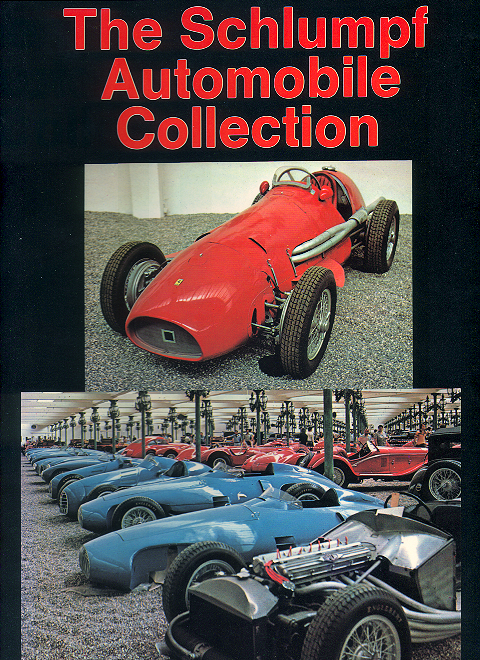
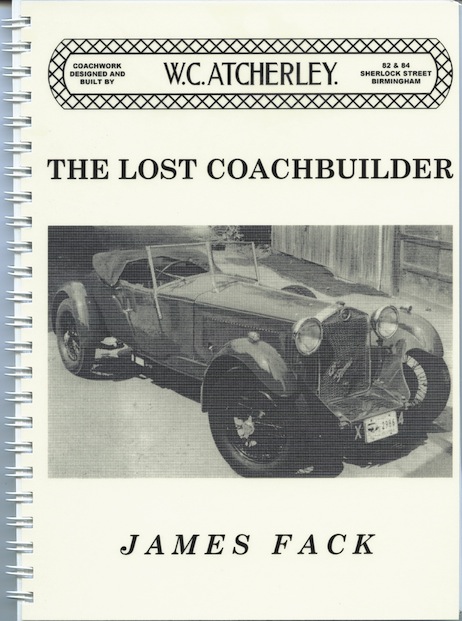
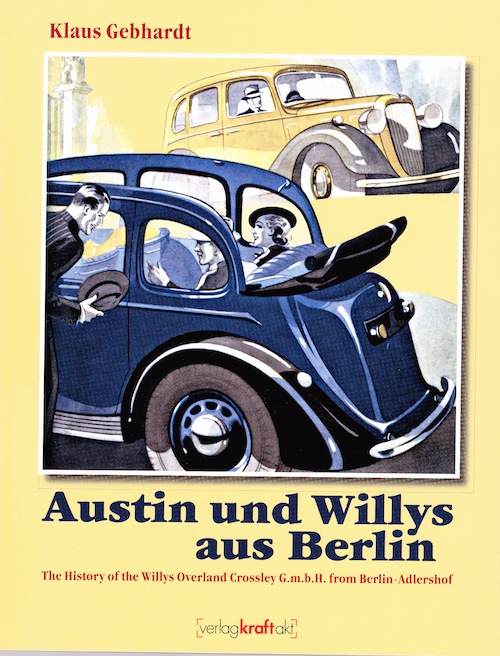
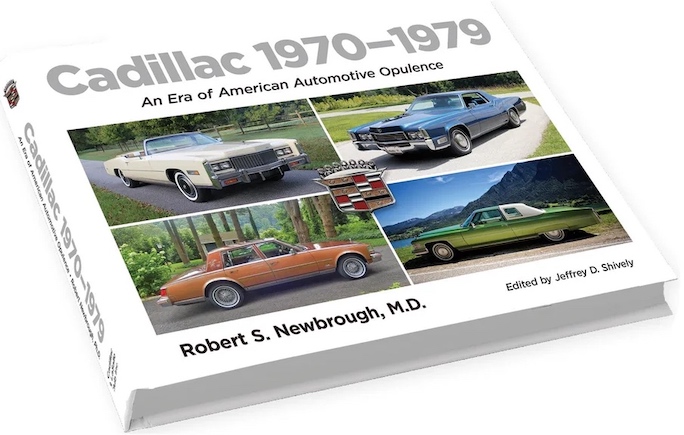
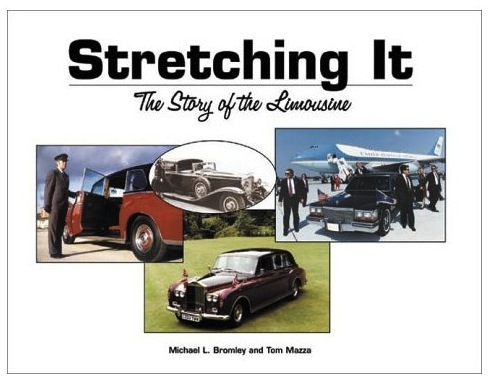
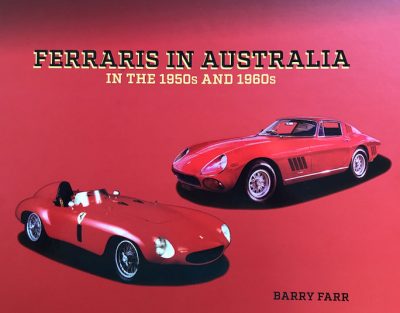
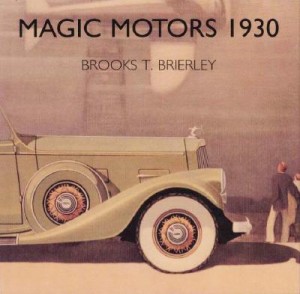



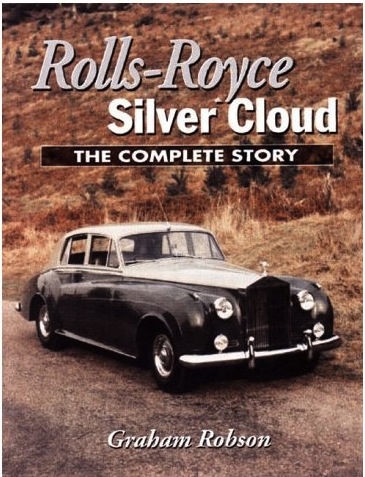

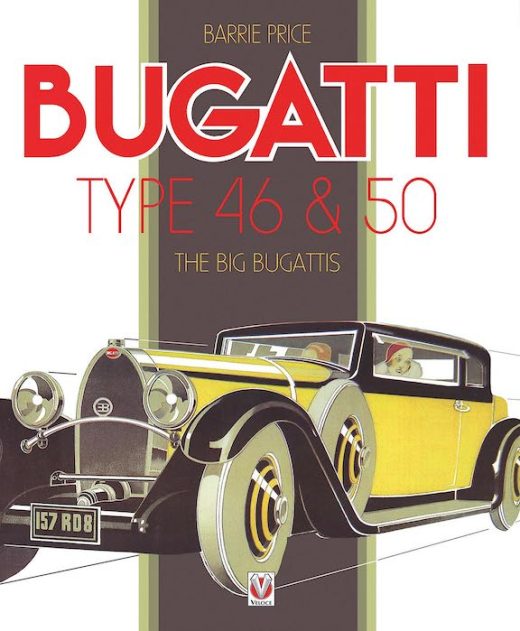








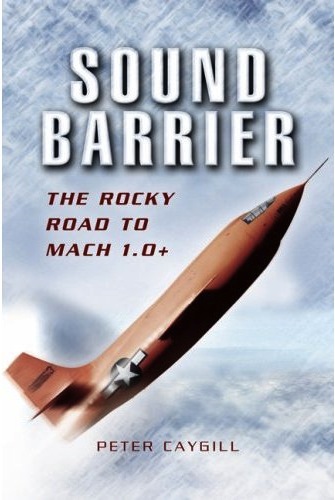








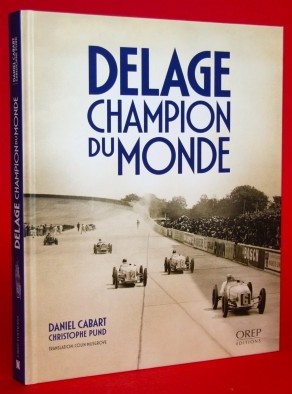

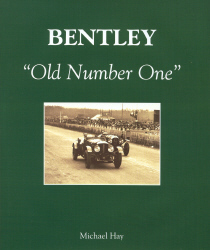












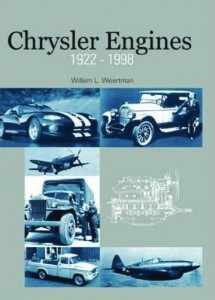
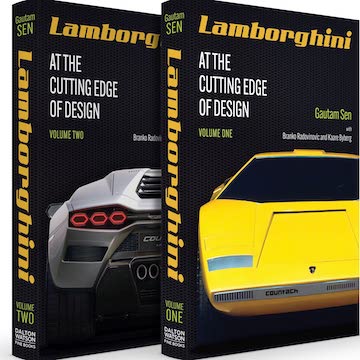



 Phone / Mail / Email
Phone / Mail / Email RSS Feed
RSS Feed Facebook
Facebook Twitter
Twitter